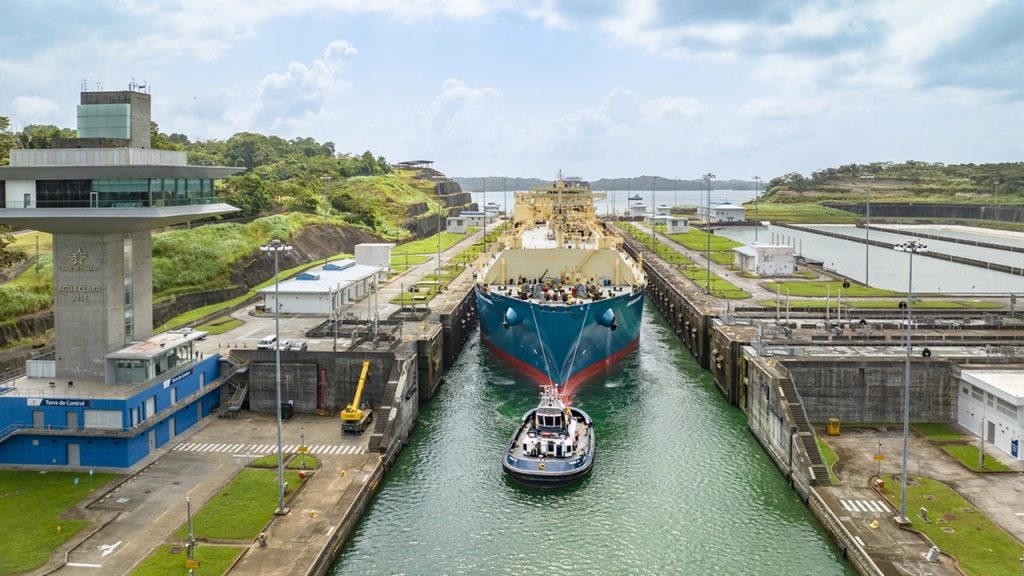
Panama Canal Traffic Rebounds Following Historic Drought

The Panama Canal is witnessing a strong recovery in vessel transits after experiencing one of its worst droughts in history, which significantly disrupted global trade. According to the Panama Canal Authority (ACP), transit numbers have rebounded by over 25% in the first four months of the fiscal year 2025, following severe restrictions imposed in 2023 due to low water levels.
Vessel Transits Back on Track
During the peak of the drought crisis last year, the canal was forced to reduce daily vessel transits to as low as 22, leading to major delays and higher shipping costs. However, with improved rainfall and strategic water conservation measures, the ACP has increased the daily transit allowance to 36 vessels, bringing much-needed relief to global supply chains.
Container ships have been the dominant users of the waterway in recent months, benefiting from eased restrictions. The ACP is cautiously optimistic that transit numbers will continue to improve throughout 2025.
Measures to Prevent Future Disruptions
In response to the crisis, the ACP is advancing plans for a new reservoir project designed to secure long-term water availability for canal operations. This initiative is part of a broader strategy to make the canal more resilient against climate change, which has been a growing threat to its efficiency.
Additionally, authorities have implemented improved water management systems, including optimized lock operations and conservation efforts, to prevent another drastic reduction in traffic.
Financial Performance and Global Trade Impact
Despite the challenges posed by the drought, the Panama Canal managed to achieve a 9.5% increase in net income, reaching $3.45 billion in the fiscal year ending September 2024. This was largely due to cost-cutting measures and adjustments in toll structures, which helped offset losses from reduced transits.
The canal remains one of the most crucial shipping routes in the world, connecting the Atlantic and Pacific Oceans. Its recovery is expected to ease supply chain pressures and stabilize shipping costs, benefiting global trade partners.
As the world continues to grapple with climate-related challenges, the future of the Panama Canal will depend on long-term sustainability measures and investment in infrastructure to prevent similar disruptions in the years ahead.
This news article is based on information from seatrade-maritime.com and marineinsight.com.